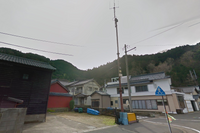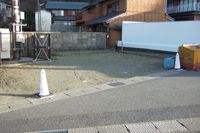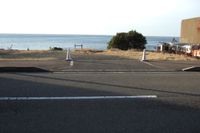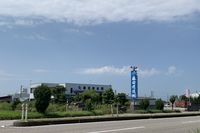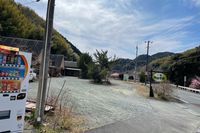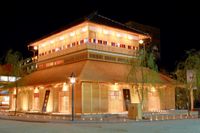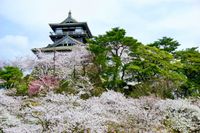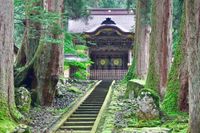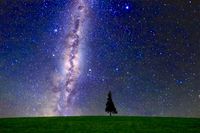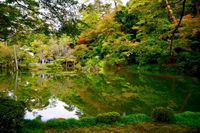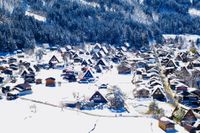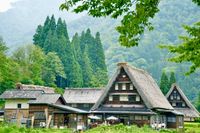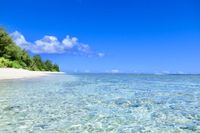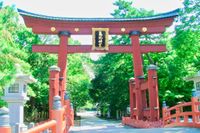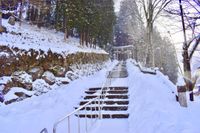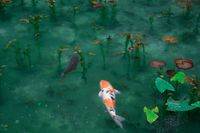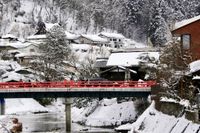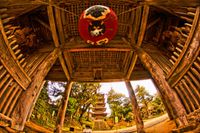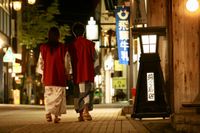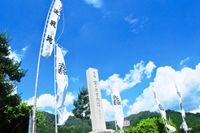Yamanaka Onsen
石川県/加賀市

Description
This is a traditional bath in Kaga City. It boasts 1,300 years of history and was known as an Onsen loved by Matsuo Basho. The spa town is located along the "Kakusenkei" valley of the Daishoji River, where you can enjoy the countryside landscape with its mountains, valleys and rivers.※Credit:石川県観光連盟
Homepage
Address
Nearby Car Night Spots
Nearby Activities
There is no nearby activities
Ranking Stations
Vanlife BASE | 45 min. from Narita Airport / Perfect for campervan travel/A seaside town rich in nature/Japanese countryside town/welcome traveler
¥7,000〜
/ per nightChiba Koseki, Kujukuri-machi, Sambu-gun
5.0
(62)Shin Meishin Suzuka PA (inbound) RV Station Suzuka * With Power!
¥2,200〜
/ per nightMie Yamamotocho, Suzuka-shi
4.3
(157)(Bonfire BBQ) Chita Mihama Noma Beach Station
¥3,500〜
/ per nightAichi Noma, Mihamacho, Chita County
4.7
(42)Nearby Drive Spots
Yamashiro Onsen
This is a traditional bath in Kaga City. It boasts 1,300 years of history and was visited by prominent figures such as Akechi Mitsuhide during the Sengoku era(1467-1600), and Kitaoji Rosanjin and Yosano Akiko during the Meiji era(1858-1912). After the war it developed quickly into a recreational bath house. Soyu and Kosoyu are two of its famous public baths. ※Credit:石川県観光連盟
Maruoka Castle
This is a castle that was built by Shibata Katsutoyo in 1576. It is famous for being the oldest of the 12 castle towers (known as Tenshaku) There are around 400 Yoshino cherry plants planted in the nearby garden, which gives the castle its alternative moniker of "Kasumiga-jo", and the summer views of the cherry blossoms in full view are a particular highlight.
Eiheiji Temple
This is a temple of the Soto sect built in 1244 by Dogen. The temple is named after the Buddhas ShakanyoraiMirokubosatsuAmidanyorai, with the wish for eternal peace. It is situated deep in the forest of around 600 cedars, and there are around 200 priests here that strictly follow the buddhist teachings. The temple is also famous for being admired by Steve Jobs, who was famously a believer in God.
Rokuroshi Kogen
This is a plateau located at the foot of Mt.Kyogatake mountain range and extends to an altitude of about 400 to 700 m. It forms a gentle fan-shaped terrain, and the night sky is ideal for star gazing. In addition, visitors can enjoy seeing the dairy cattle grazing, barbecues, and outdoor baths etc.
Kenrokuen Garden
This is one of the three Japanese gardens which was built by Maeda Tsunanori in 1676. Originating from the clan garden which was built at the outskirts of Kanazawa Castle by the Kaga clan, the park was named by Matsudaira Tadanobu who named it as such due to the six elements of spaciousness, tranquility, artifice, antiquity, water courses, and a magnificent view from the garden.The area also has been rated with 3 stars from the Michelin Tour guide, and is one of Japan's most splendid parks that can be enjoyed all year around due to the plum and cherry blossoms, autumn leaves and snow views.
Shirakawa-go
This is a village situated in northern Gifu, and registered as a World Heritage Site. It is known as an area with one of the highest levels of snowfall, and due to this, the roofing of houses is set at a steep angle to deal with the snow fall. Some of these houses still exist nowadays, and are still in use.
Gokayama Gassho no Sato
This is a famous settlement in the southern part of Toyama prefecture, and listed as a World Heritage Site. It is known for particularly heavy snow fall, and the buildings have particularly steep sloped roofing to adapt to this climate. The area is also particularly unique for its frequent traditional folk dances that take place here.
Mizushima Island
This is a small uninhabited island at the tip of Tsuruga Peninsula. The area is surrounded by shallow beaches and rock formations, and due to the beauty of the clear waters, it is known as the "Hawaii of Hokuriku". The island is only accessible during the 2 month period from Mid July until the end of August.
Kehi Jingu Shrine
This is a shrine which was founded by the Empress Jingu in 199 AD. The shrine deity was enshrined by Izasawake no kami, Emperor Chuai, and Empress Jingu. Four companies named Yamato Takeru No Mikoto Emperor OjinToyotama-himeTakeshiuchi no Sukune are also enshrined here. It is an entrance from Hokuriku to Kinai, and since it is a key gateway to Korea and China, it was regarded as "Hokurikudo general guardianship" and was held in high importance. It also has one of the three largest Torii gates in Japan.
Keta Wakamiya Shrine
This is a shrine whose construction date is unknown. It houses the God known as Okuninushi no MikotoMii no Kami. This place is also home to one of Japan's three Hadaka festivals (where a minimum amount of clothing, normally a loincloth) is worn, known as "Furukawa festival", which has been performed since the Edo era(1603-1868). The resonant sound of the drum rings out during the festival proceedings. There are many fans of the anime "Your name" who make the pilgrimage here in dedication to the anime piece.
Monet's Pond
This is a reservoir in Nezu Shrine, in Gifu. From 1999, various species of waterlily such as the pygmy lily and spatterdock lily were planted here, and koi carp, which were initially not available in the area, were brought over and bred in this area. Due to this series of events over time, the area ended up resembling the lily ponds illustrated by Claude Monet.
Chirihama Nagisa Driveway
This is Japan's only beach which can be driven along, with a length of 8 kilometers, situated in the western region of Noto Peninsula. The area is becoming popular as a driving spot to view the sunset, and various marine sports can also be enjoyed here.
Hida Takayama Onsen
This is an Onsen near Hida Takayama. It is a new onsen that is established in an historic castle town with traditional style buildings and the Takayama Festivals. The alps become completely awash with white snow during the winter, so taking a warm bath is ideal to warm the body whilst looking out at the snowy landscape.
Kineizan Myoshoji Temple
This is a temple of the Nichiren sect built in 1294 by Nichizo. At Hokuriku-honzan, visitors can also see the great cathedral of Noto district. During the Sengoku era(1467-1600), it flourished under the support of the Maeda Toshiie noble family. While the place is in a relatively hidden area, it has ten items of cultural importance such as the main hall, five-storied pagoda, Soshido hall (where a statue of the founder and buddha's teachings are kept) and Kyodo hall.
Gero Onsen
This is a famous hot spring in Gero City. With 1000 years of history, it is named as one of Japan's three best onsen, by Hayashi Razan, a neo-Confucian philosopher. There were many times where the area was destroyed by floods of the Hida River, but it was restored each time, and there is a full onsen town along the river. Hoba Miso paste (made from Magnolia leaf) is a specialty product in this area.※Credit:下呂温泉観光協会
Sekigahara Battlefield
Here we can witness historical traces of the "Battle of Sekigahara" which is said to be one of the greatest and fiercest battles in Japan's history after the political strife following the death of Toyotomi Hideyoshi in 1600. The East Army (Tokugawa Ieyasu, Tokugawa Hidetada, Yuki Hideyasu, Kuroda Nagamasa) and the West Army (Mori MototeruIshida MitsunariUkita HideieUesugi Kagekatsu) fought and Tokugawa Ieyasu ultimately obtained ultimate power. In 1603 he established the Edo Shogunate. There are numerous historical walking courses where visitors can see the battle paths and underground paths used.

